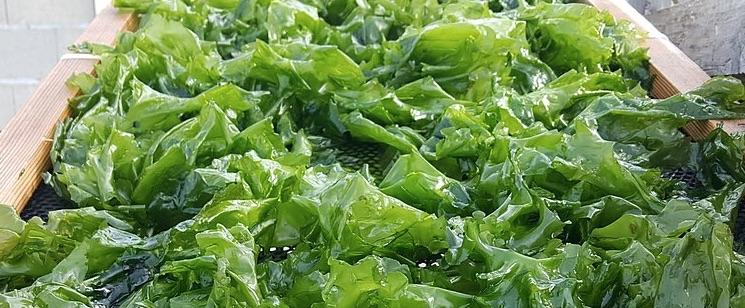- Read offline
- Access all content
- Use the in-app Map to find sites, and add custom locations (your hotel...)
- Build a list of your own favourites
- Search the contents with full-text search functionality
- ... and more!
algues de mer
edible seaweed
Several kinds of edible algues are harvested on France’s Atlantic coast, especially in Brittany, where France’s largest marine park, the Parc naturel marin d’Iroise, also hosts the largest protected edible seaweed area in Europe. Roscoff, the ‘capital of seaweed’ as well as its famous pink oignons, has an institute devoted to their study and promotion.
Edible algues include:
Dulse: thin transparent seaweed, often served with shellfish
Haricot de mer: brown Thongweed or ‘sea spaghetti’, which can be eaten boiled or sautéed as vegetable

Laitue de mer: sea lettuce, which tastes a bit like sorrel and can be eaten raw in a salad, or pickled. Once eaten only during times of famine, it’s often used today as a fertilizer. In Brittany, they make it into a kind of mustard. However, when there’s too much of it and it washes up on the shore, it releases poisonous hydrogen sulfide gases, which can be deadly.
Kombu Royal: thick and smoky brown seaweed, used to wrap meat and fish
Nori: sold in thin black sheets, used as sushi wrappers. It comes from pyropia, a type of red algae, although nori is dark green.
Spiruline: ultra healthy blue spirulina, with three times more protein than meat, used in food and medicine.
Wakamé: wakame or ‘sea fern’, with an iodine flavour, used in salads
Images by 663highland, Captaindjo, Creative Commons License

